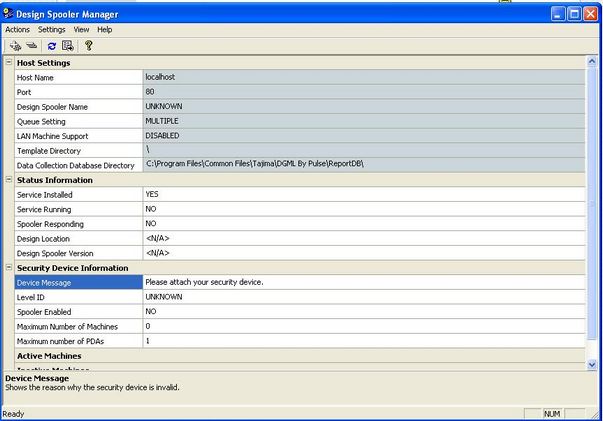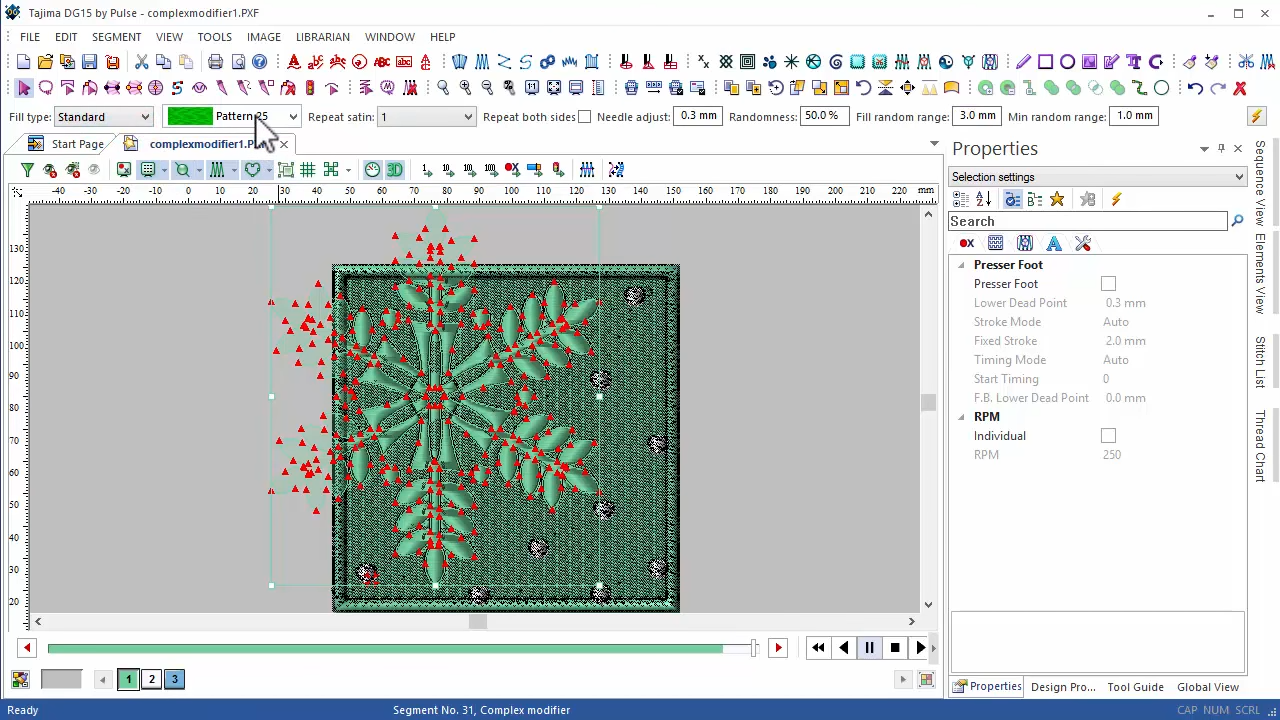
As control systems continue to converge with IT systems, users should expect to see an even greater reliance on IT systems and frameworks.

The important take away from this is that most Building Automation System's rely heavily on the functionality of the TCP/IP stack. In a later article on network systems and functionality, I will dwell deeper into the specific protocols of the TCP/IP stack.Īs the reader in the meantime, for a high-level view, should understand that data is taken through the layers, much like the OSI model, and is gradually reconciled to meet the needs of the layer the data is in.
Name stack tajima pulse series#
The TCP/IP stack has gradually grown to include a suite of protocols (see the image below).Īs you can see from the image above, the TCP/IP stack comprises a series of Protocols. Some you will be familiar with (HTTP, FTP, SMTP) and some may be more foreign to you (ISDN, IGMP, ARP). Originally resulting from research at DARPA (Defense Advanced Research Projects Agency). The TCP/IP Stack, or the internet protocol suite, is a set of communication protocols used by the Internet or similar networks.


Name stack tajima pulse manual#
Standardise your production and eliminate costs arising from manual errors Tools for management and producing detailed reports are available through our instrument panels. Use PulselD to network and analyse your production processes. Improve your company’s efficiency and eliminate erros by streamlining your production cycle with the help of PulselD automation solutions. PulselD offers professional-standard user interfaces for your developers in order to incorporate them into your company’s web solutions. The engines include a wide range of features, each one with very advanced capabilities.Įnable your developers to create their own apps by incorporating them into our powerful engines through the API toolbox by PulselD. Scalable engines by PulselD contain sophisticated algorithms which guarantee unmatched efficiency and quality.

State-of-the-art engines for embroidery, vector data and images
Name stack tajima pulse Offline#
Pulse lD offers two online and offline automation solutions for companies specialising in embroidery, digital printing, laser and rotating engraving, rhinestone and more.


 0 kommentar(er)
0 kommentar(er)
